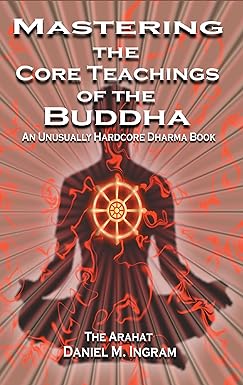
While our practice generally has some aspects of
insight and concentration mixed together,
in this section I will mostly talk more about what practice may look like
when we try to stay towards the concentration side of things, that of the
smooth, flowing, pleasant, more apparently stable states
that concentration practice can produce.
~~~
Regardless of the tradition you are following,
when you begin to gain some mastery of its concentration practices,
you will go through these states in this order up to the level of your current ability.
Many traditions use the breath as the primary object of concentration initially
and when the concentration is strong,
shift to the qualities of the states themselves when they arise as the object.
The quality of a jhana can either be “softâ€, “hardâ€, or somewhere in between
depending on how stably we are in the state.

In soft jhana,
the qualities of that state are recognizable in a way that is different from the
ordinary experience of those qualities to the degree that we are confident
we are in the altered state defined by those qualities.

In hard jhana, it feels as if
our mind has been fused to those qualities and the object
with superglue,
as if we were nothing but a solid block or field of those qualities or that object,
as if they and the object were the whole world with nothing else remaining.
Getting into hard jhanic states dramatically increases the beneficial effects of
practice, though
it takes greater strength of concentration and usually requires
more favorable practice conditions to do so.
Taking the beneficial factors of the jhana solely as the object of concentration
is helpful for getting into harder jhana,
as they are attractive and reinforce themselves.

This article was Inspired by
Buddha’s step by step instructions to obtain Enlightenment
as refined by The Arahant Daneil M. Ingram.




